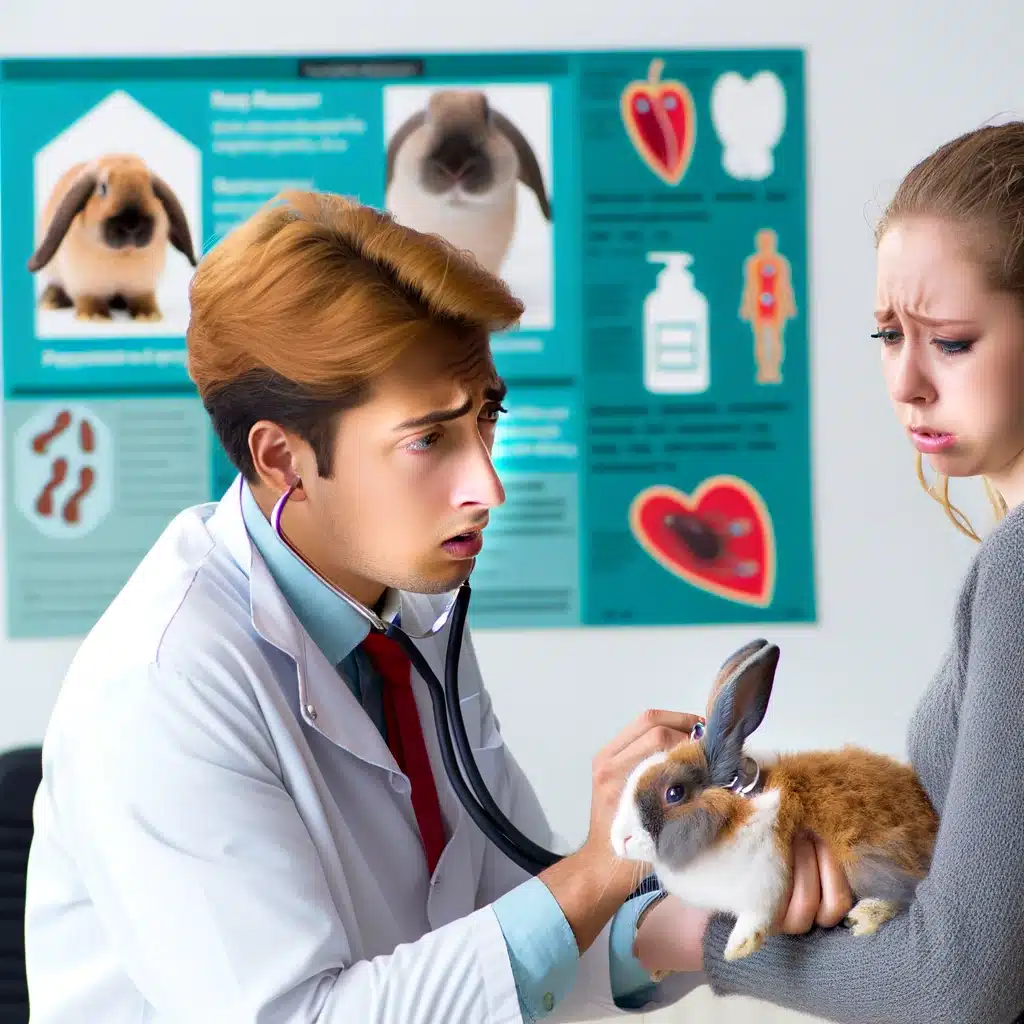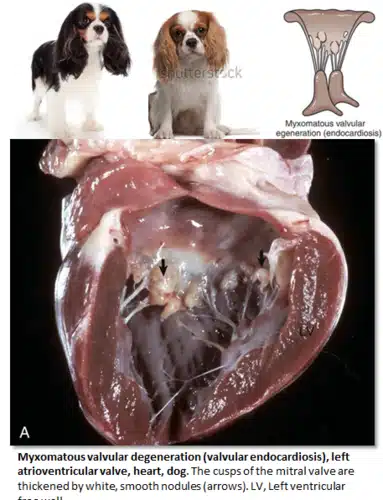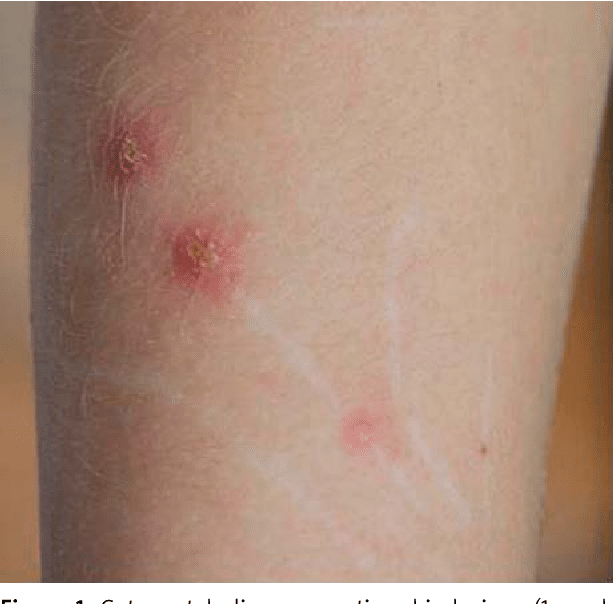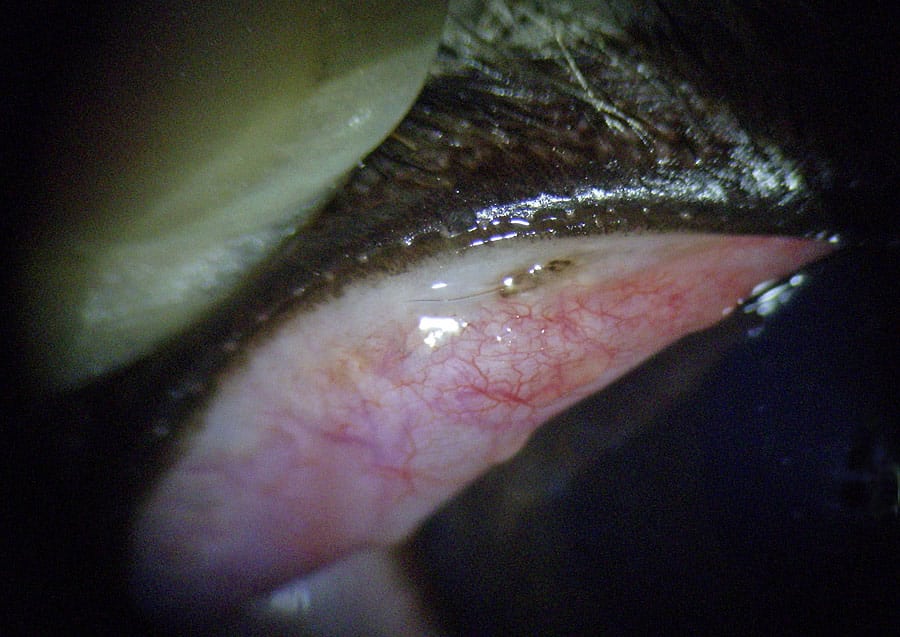Bengal cat diseases
Bengal cats are known for their exotic appearance and lively personalities. Despite their robust nature, they can also be affected by certain hereditary diseases. In this article, we highlight the most common health problems that can occur in Bengal cats and provide tips for prevention and treatment.










